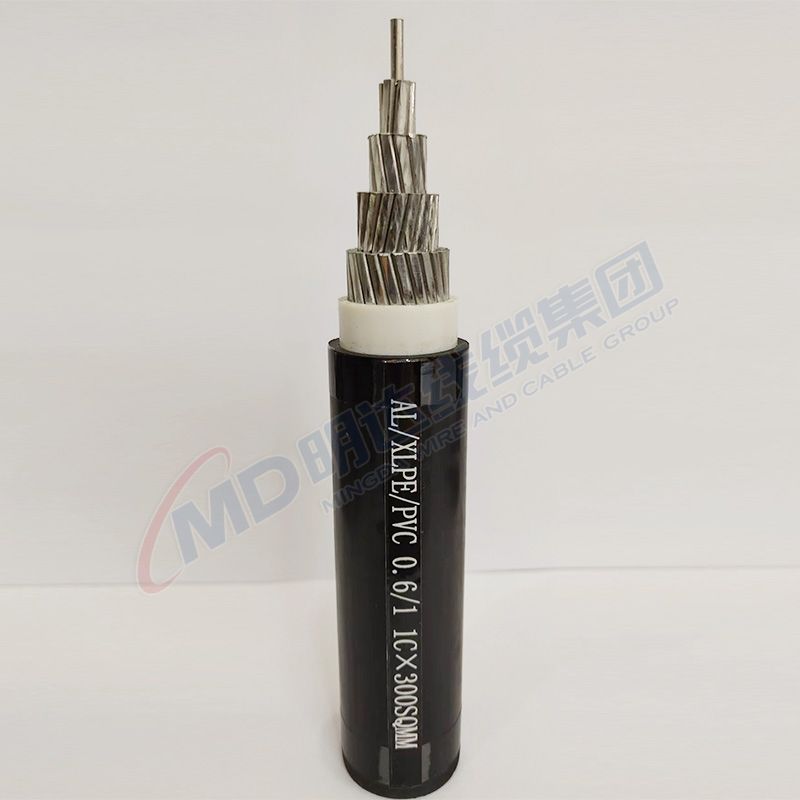ਦਸੰ. . 28, 2024 05:36 Back to list
industrial check valve
Understanding Industrial Check Valves Importance and Applications
In the realm of industrial fluid control, check valves play a pivotal role in ensuring the efficiency and safety of various processes. As critical components in piping systems, industrial check valves prevent backflow and maintain the direction of fluid flow, which is essential for protecting equipment and maintaining system integrity. This article will explore the fundamentals of check valves, their types, applications, and the importance of selecting the right valve for specific industrial needs.
What is a Check Valve?
A check valve, often referred to as a non-return valve, is a type of valve that allows fluid (liquid or gas) to flow in one direction while preventing reverse flow. This is accomplished through the use of a disc, ball, or other mechanisms that automatically close when fluid attempts to flow in the opposite direction. The simplicity and reliability of check valves make them indispensable in many industrial systems.
Types of Check Valves
Check valves come in several configurations, each designed to address specific applications. The most common types include
1. Swing Check Valve This valve features a hinged disc that swings open for forward flow and closes under reverse flow. Swing check valves are simple and effective, ideal for low-pressure applications.
2. Lift Check Valve In a lift check valve, the disc moves vertically in its seat, opening with forward flow and shutting with reverse flow. These valves are suitable for high-pressure applications and provide reliable performance in critical systems.
3. Ball Check Valve Utilizing a spherical ball as the closure mechanism, this valve allows for smooth and efficient flow. Ball check valves are often employed in applications where a quick response to backflow is necessary.
4. Dual Plate Check Valve This design incorporates two plates that pivot on a hinge, providing a compact and lightweight option. Dual plate check valves are widely used in water and wastewater treatment due to their quick response times and minimal pressure drop.
industrial check valve

Applications of Industrial Check Valves
Industrial check valves are found in various applications across numerous sectors including
- Water and Wastewater Treatment To prevent reverse flow and protect pumps and other equipment from potential damage due to backflow. - Oil and Gas Industry Used in pipelines, refineries, and processing plants to ensure safe and efficient fluid transport. - Chemical Processing Essential in preventing the contamination of systems by holding back chemicals that may flow back into the main supply. - HVAC Systems Employed in heating, ventilation, and air conditioning to ensure correct airflow and prevent reverse flow that can disrupt system efficiency.
- Pharmaceuticals and Food and Beverage Used to meet stringent sanitary standards and maintain product integrity by preventing the backflow of contaminants.
Importance of Selecting the Right Check Valve
Choosing the appropriate check valve for an application is crucial for optimal performance. Factors such as the type of fluid, pressure and temperature conditions, and the specific system requirements must be taken into account. A misapplication can lead to leaks, equipment failures, or even catastrophic accidents, making it essential for engineers and maintenance professionals to understand the various options available.
Additionally, regular maintenance and inspection of check valves are important for prolonging their lifespan and ensuring they function correctly. Over time, debris and particle build-up can impede the smooth operation of these valves.
Conclusion
Industrial check valves are a key component in maintaining the reliability and safety of fluid systems across various industries. By understanding their types, applications, and the importance of proper selection, businesses can enhance their operational efficiency and minimize risks associated with fluid backflow. As industries continue to evolve, the role of check valves will remain integral to achieving process optimization and ensuring safety in fluid handling systems.
Share